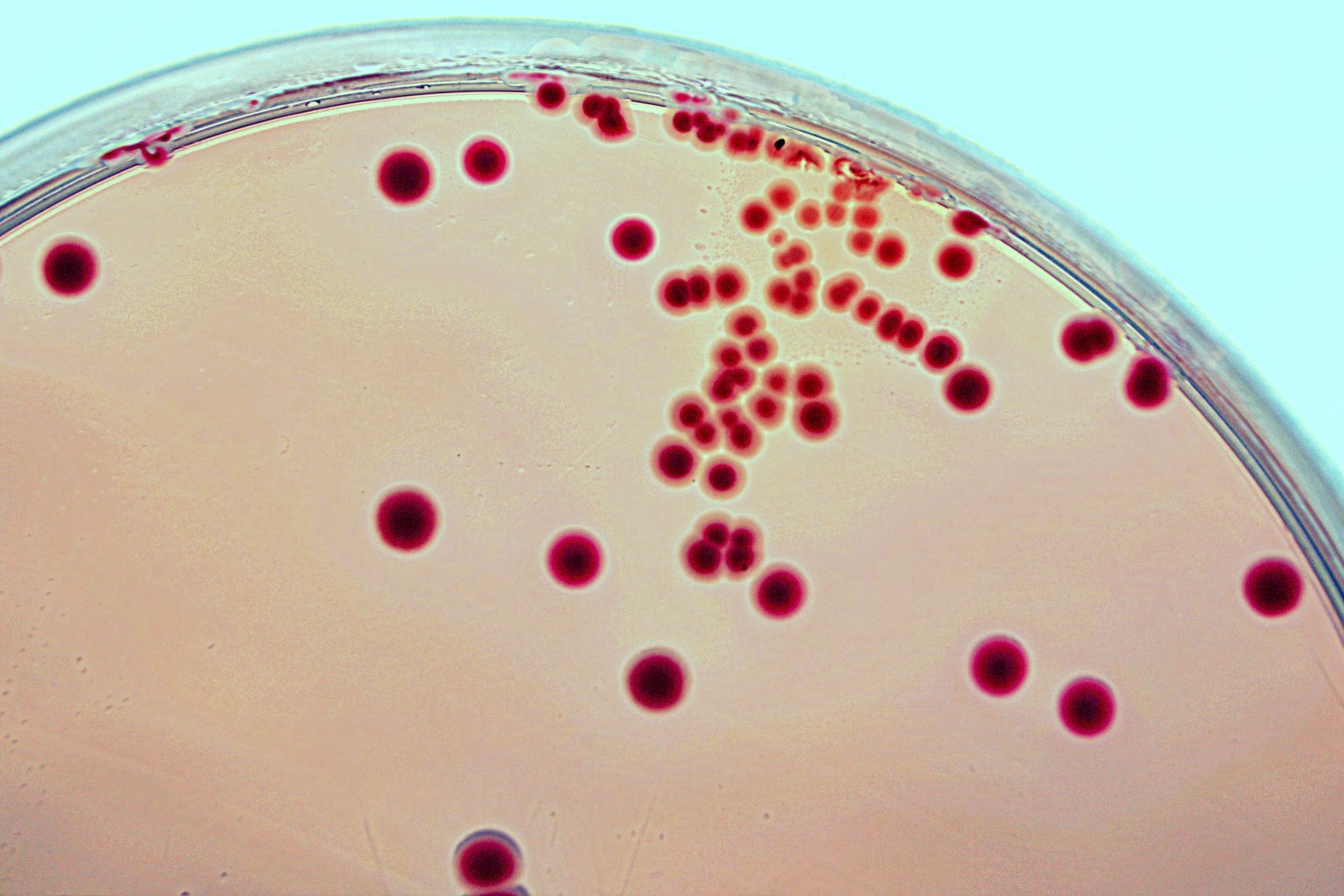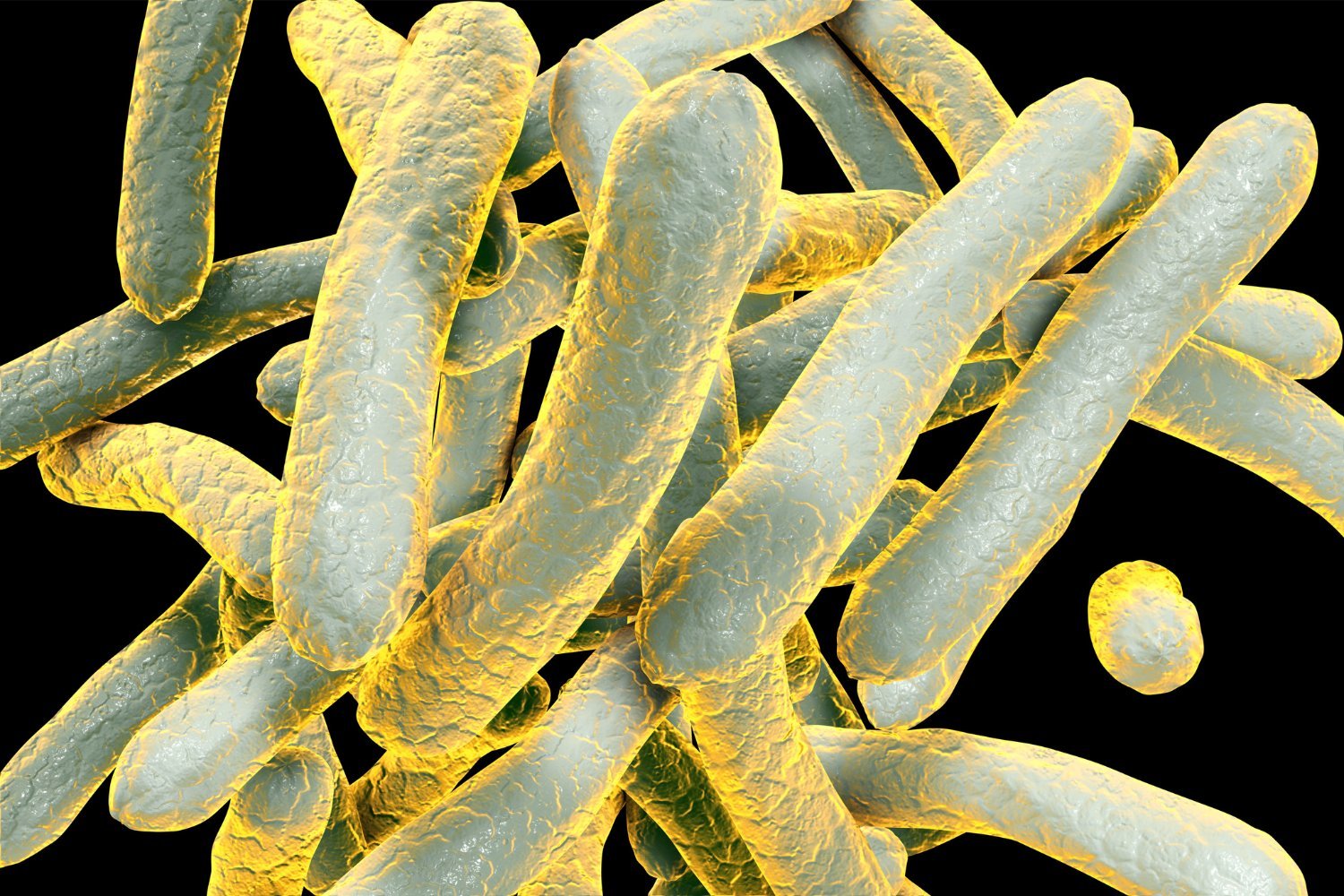When you pour yourself a glass of water, do you ever think about where it comes from? A recent study reveals a concerning reality: over 20% of the US population may be consuming water tainted with toxic “forever chemicals.” This article delves into the findings of a US Geological Survey (USGS) study, exploring the extent of PFAS contamination in US groundwater and its potential impact on public health.
The study, published in Science, highlights the pervasive nature of per- and polyfluoroalkyl substances (PFAS), known as “forever chemicals” due to their resistance to breaking down. While the Environmental Protection Agency (EPA) mandates PFAS monitoring in larger public water systems, the USGS identified data gaps and developed its own model to assess the true scope of the problem. Their findings are alarming, estimating that between 71 and 95 million people in the contiguous US could be drinking water with detectable levels of these chemicals.
Groundwater, the source of drinking water for approximately 107 million Americans, is water found in underground pores and aquifers. It can be supplied to homes via public utilities or private wells. The USGS study, based on over 1,200 groundwater samples collected between 2019 and 2022, utilized machine learning to analyze the data and map the probability of PFAS contamination by geographic area. This data was then cross-referenced with existing surveys on groundwater reliance for drinking water.
Florida and California, with 9.5 and 13 million people respectively, have the highest number of people potentially exposed to contaminated public water supplies. However, Massachusetts has the highest per capita exposure, with a staggering 86 to 98% of its population relying on potentially contaminated groundwater from public sources.
While the presence of these “forever chemicals” is undoubtedly concerning, Andrea Tokranov, the USGS research hydrologist who led the study, emphasized a positive aspect. The new model can help prioritize future sampling efforts, ensuring people aren’t unknowingly consuming contaminated water. This is especially crucial for private well users who often lack access to water quality information, testing, and treatment options available to those using public water systems.
Although some research suggests potential adverse health effects from PFAS exposure, much remains unknown. The Centers for Disease Control and Prevention (CDC) notes that many animal studies utilize higher PFAS levels than typical human exposure. The impact on human health depends on exposure frequency, levels, individual health factors, access to safe water and healthcare, and other variables.
Nevertheless, evidence links PFAS to several health issues, including fertility problems, developmental delays in children, elevated cholesterol, weakened immune responses, and increased risks of prostate, kidney, and testicular cancer, according to the EPA.
To enhance public access to this vital information, the USGS has published an interactive map illustrating the probability of PFAS contamination in local groundwater supplies. It’s important to remember this map is based on a mathematical model and not definitive. The results pertain to local groundwater, which may differ from the water coming out of your tap.
Comparatively, this study’s findings are slightly more optimistic than a previous USGS study based on samples from 716 kitchen sinks, which estimated that nearly half the US population was exposed to PFAS in their drinking water. This suggests some progress, but the issue of PFAS contamination remains a significant concern requiring ongoing attention and action.
The USGS study serves as a crucial reminder of the importance of understanding our water sources and advocating for clean, safe drinking water for all.











